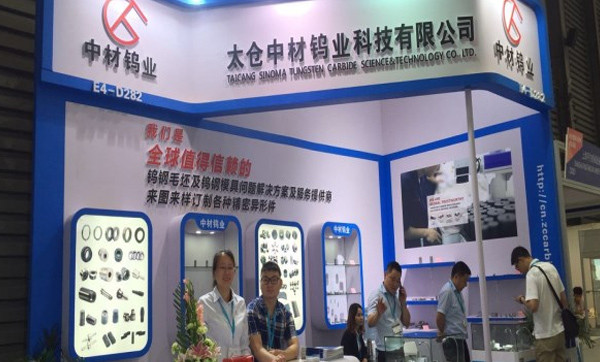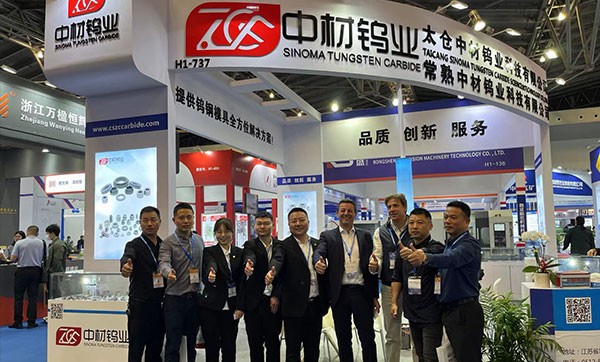Additives are incorporated into tungsten carbide primarily to improve its toughness, hardness, and overall performance in demanding conditions. These additives are typically other metals or compounds, which can be introduced during the sintering process, forming a composite material. The most common additives include cobalt (Co), nickel (Ni), titanium carbide (TiC), tantalum carbide (TaC), and vanadium carbide (VC).
1. Cobalt (Co):
2. Nickel (Ni):
3. Titanium Carbide (TiC):
4. Tantalum Carbide (TaC):
5. Vanadium Carbide (VC):
By varying the type and amount of additives, tungsten carbide composites can be engineered to meet the specific requirements of different applications:
The addition of various additives to tungsten carbide significantly influences its properties, enhancing its performance and broadening its application range. Cobalt and nickel improve toughness and corrosion resistance, while titanium carbide, tantalum carbide, and vanadium carbide boost hardness, thermal stability, and wear resistance. By understanding and manipulating these additives, engineers and material scientists can create tailored tungsten carbide composites that meet the demands of specialized and high-performance applications, driving advancements in industries from manufacturing to aerospace.




